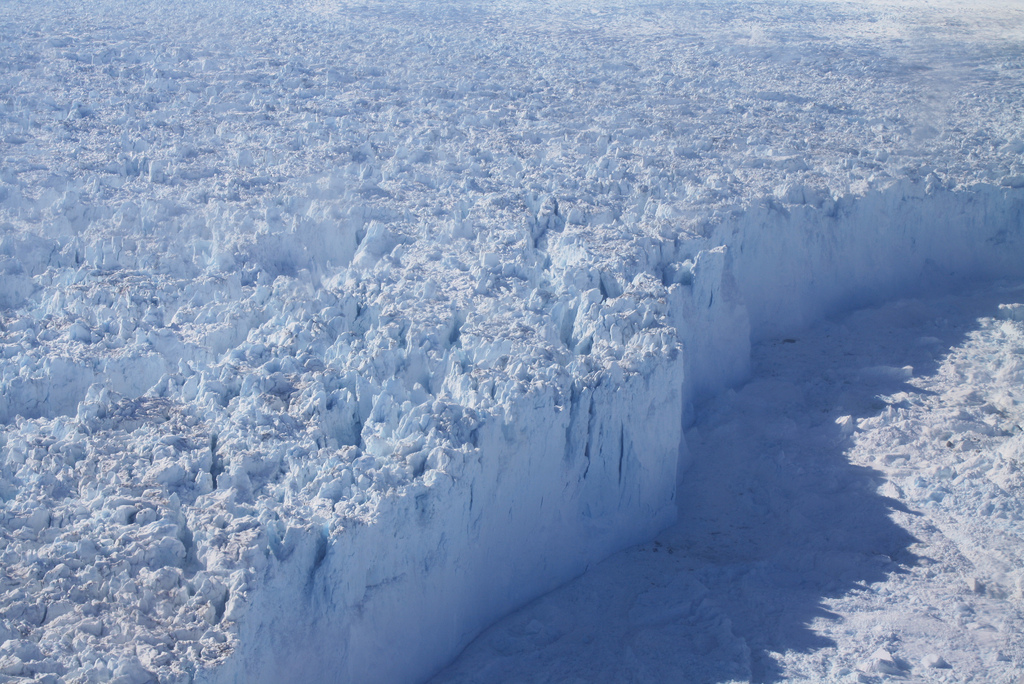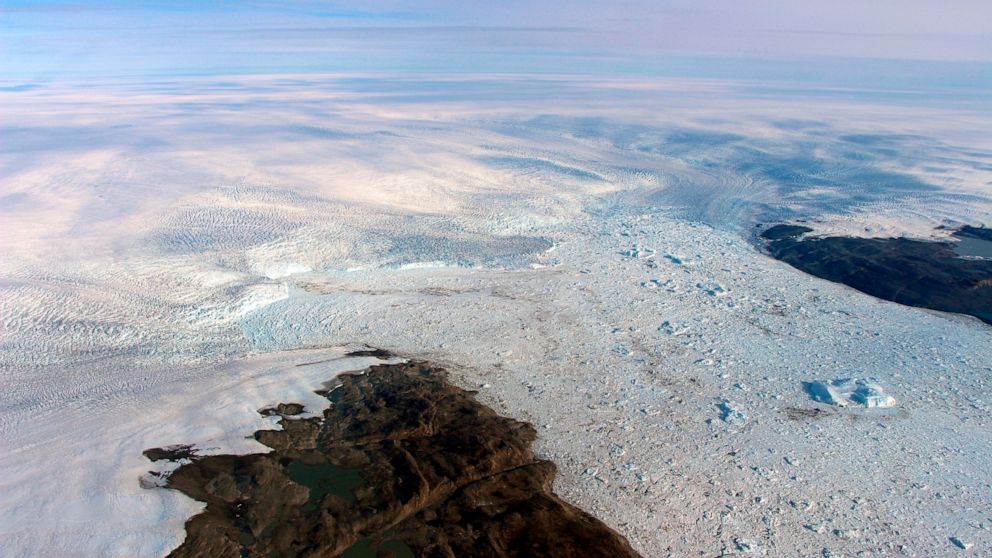
Greenland’s ice sheet experienced its biggest melt of the summer on Thursday, losing 11 billion tons of surface ice to the ocean. That’s 4.4 million Olympic swimming pools worth if you’re having trouble getting your head around it.
- Related: Warming Temperatures Are Causing Greenland’s Ice to Melt at Unprecedented Rates, Raising Sea Levels
Of course, Greenland’s ice sheet usually melts during the summer. Usually, though, the melt season begins around the end of May; this year it began at the start and it has been melting “persistently” since then.
In July alone, Greenland’s ice sheet lost 197 billion tons of ice, the equivalent of around 80 million Olympic swimming pools, according to CNN. That’s a significant increase on the expected average of 60-70 billion tons at this time of year.

The weather conditions that brought a heatwave to Europe last week have reached the Arctic, where scientists say they could trigger one of Greenland’s biggest ice melts since 1950 when reliable records began. An unconfirmed temperature of 2.7C at 3,000 meters above sea level was measured on Thursday, which would be close to a new record if confirmed. It came on the same day as meteorologists reported that globally, this July has been as hot as any month in recorded history.
Greenland’s warm weather is set to continue for the next few days, perhaps longer. With the melt season typically lasting to the end of August, the ice sheet is likely to see continued substantial melting, although not necessarily as much as in recent weeks. Greenland’s ice sheet is the second biggest in the world and this season’s ice melt has already contributed around half a millimeter to global sea levels.